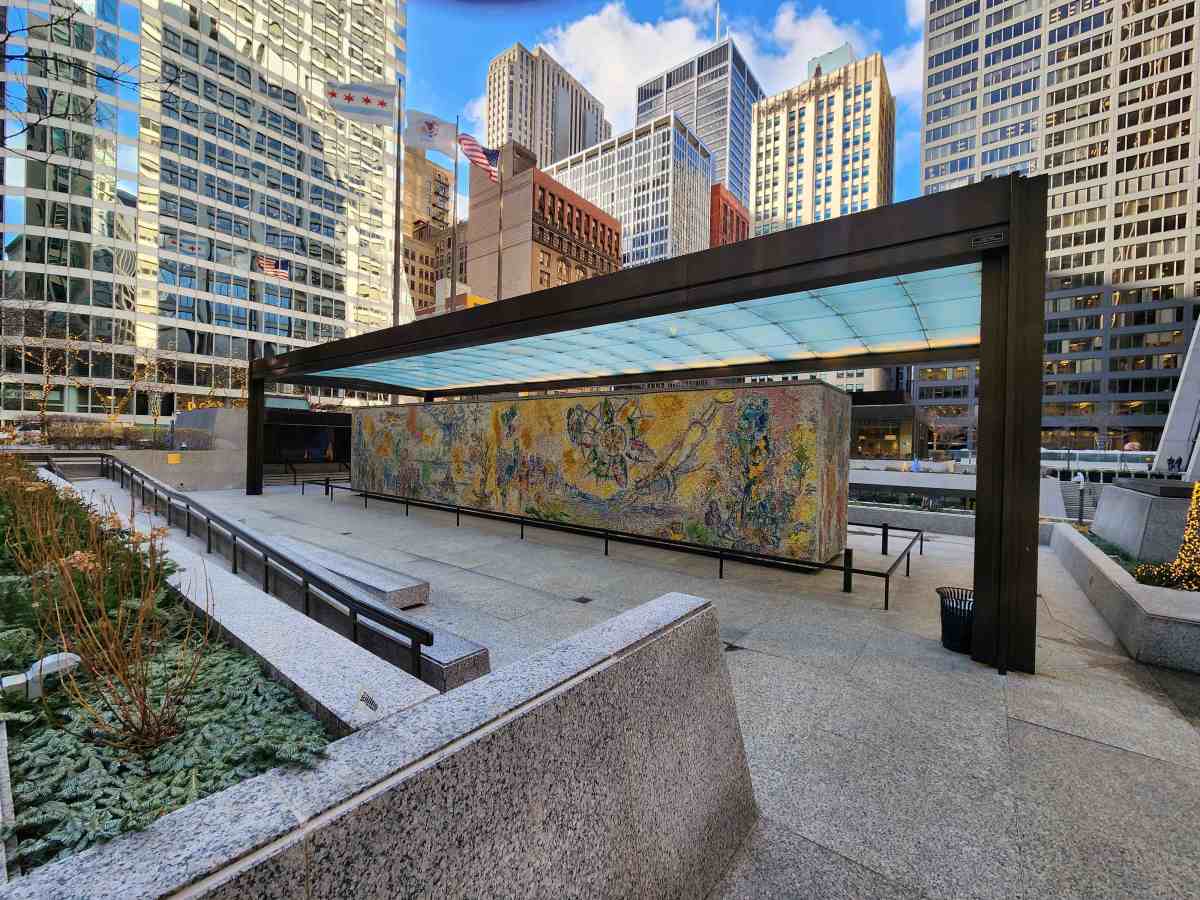Chicago is a city resplendent with renowned architecture, fabulous art, lovely parks, good food, neat history, and fine culture. The architectural history of Chicago is relatively recent—even for an American city—since the Great Fire of 1871 destroyed over three miles of the city and over 17,000 structures. Architects though rebuilt the city giving us a city caught in the time of the Industrial Revolution and one preparing to be a leading U.S. city. They succeeded. Chicago even captivated the heads of the 1893 Columbian Exposition drawing the world’s fairs to its Lake Michigan shoreline.
Some of the world’s greatest architects, such as Daniel Burnham, Louis Sullivan, Sophia Hayden, Frank Lloyd Wright, Holabird & Roche, and John Root all left their mark on the city. I enjoy walking around the city and letting architectural treasures unfold. But for those who would like a more pointed route, I’ve created several walking tours around different sectors of the city.
Chicago Loop Walking Tour
- Start of Route 66 (East Adams and Michigan): The official Historic Route 66 start sign is a great place to start this tour. It’s on a street sign, fittingly, so look up and then turn around and look across the street.
- Art Institute of Chicago (111 S. Michigan): Founded in 1879, this Beaux Arts building dates to the 1893 World’s Fair. If you have time a diverse collection of art from ancient to contemporary is found through the doors past the stately lions out front.
- Millennium Park (201 E. Randolph): This fabulous part is thoughtfully designed and landscaped featuring the “Bean” (Cloud Gate), the Crown Fountain, the Jay Pritzker Pavilion, the Bridgway, and the Lurie Garden.
- Chicago Cultural Center (78 E. Washington): Completed in 1897, this stunning free landmark also known as “The People’s Palace” features the world’s largest stained glass Tiffany dome (30,000 pieces of glass and 38 feet in diameter) in the Preston Bradley Hall, as well as fabulous mosaics around the room and stairs. Across the building is the Grand Army of the Republic Hall and Rotunda with a 40 foot glass dome by Healy and Millet.
- Carbide and Carbon Building (230 Michigan): The Carbide and Carbon Company, which developed the first dry cell battery, commissioned the Burnham Brothers (sons of the deceased Daniel Burnham), who completed the structure in 1929. The building’s cap is ornamented with genuine 24 karat gold.
- The Picasso (50 W….
Click Here to Read the Full Original Article at Roaming Historian…
